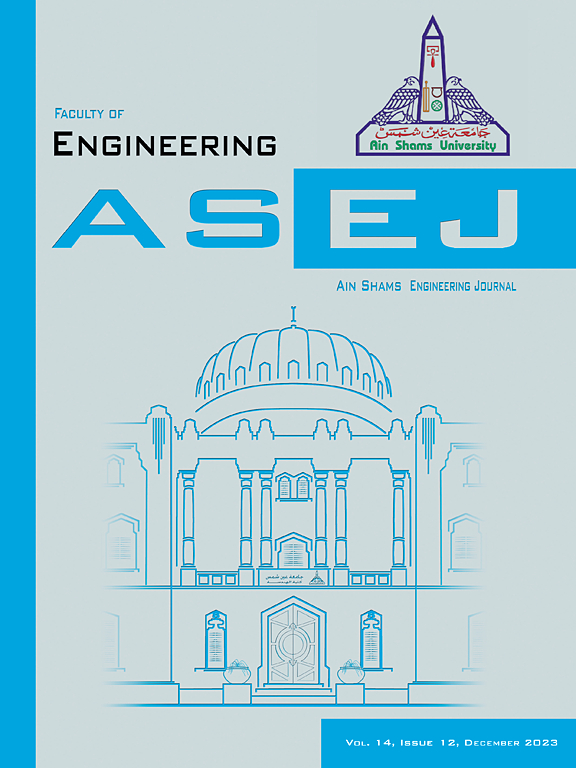Vision based stockpile inventory measurement using uncrewed aerial systems
IF 6
2区 工程技术
Q1 ENGINEERING, MULTIDISCIPLINARY
引用次数: 0
Abstract
Monitoring a stockpile plays a vital role in material inventories at the State Departments of Transportation (DOTs). Various technologies, such as Total Stations (TST), Light Detection and Ranging (LiDAR), and Global Positioning Systems, are conventionally used to obtain stockpile volumes; however, DOTs seek a faster, safer way to obtain an object’s volume with minimal workforce training. Uncrewed Aircraft Systems (UAS), coupled with visual imagery, have the potential to address these limitations; however, UAS visual has not been effectively developed to account for flight parameters in measurements, such as Ground Sampling Distance (GSD). Images of regular and irregular objects were collected in several flights to measure their geometries. The measurements were performed using a computer vision algorithm and a common commercially available photogrammetry tool (Pix4D) as UAS visual and UAS LiDAR. The results indicated that UAS visual is a viable technology that provides consistently accurate measurements of stockpiles of various sizes. The authors used Pix4D to measure volumes ranging from 0.45 m3 to 2838 m3 with errors ranging from 4 % to 6 %. The results indicated that ensuring a GSD value of 0.80 cm in visual imagery can lead to accurate volumetric measurements of irregular objects. To reduce the processing time, a deep leaning-based point cloud classification model was developed to detect the objects of interest, stockpiles, and separate them from irrelevant objects. The average volume difference between the volume predicted using Pix4D and point cloud classification was less than 5.5 %. Finally, we compared the advantages and challenges of UAS with traditional methods and UAS LiDAR in terms of data collection time, cost, limitations, and safety. The results demonstrate that using UAS for stockpile volume measurement is safer and more time-consuming and cost-effective.
求助全文
约1分钟内获得全文
求助全文
来源期刊

Ain Shams Engineering Journal
Engineering-General Engineering
CiteScore
10.80
自引率
13.30%
发文量
441
审稿时长
49 weeks
期刊介绍:
in Shams Engineering Journal is an international journal devoted to publication of peer reviewed original high-quality research papers and review papers in both traditional topics and those of emerging science and technology. Areas of both theoretical and fundamental interest as well as those concerning industrial applications, emerging instrumental techniques and those which have some practical application to an aspect of human endeavor, such as the preservation of the environment, health, waste disposal are welcome. The overall focus is on original and rigorous scientific research results which have generic significance.
Ain Shams Engineering Journal focuses upon aspects of mechanical engineering, electrical engineering, civil engineering, chemical engineering, petroleum engineering, environmental engineering, architectural and urban planning engineering. Papers in which knowledge from other disciplines is integrated with engineering are especially welcome like nanotechnology, material sciences, and computational methods as well as applied basic sciences: engineering mathematics, physics and chemistry.
 求助内容:
求助内容: 应助结果提醒方式:
应助结果提醒方式:


